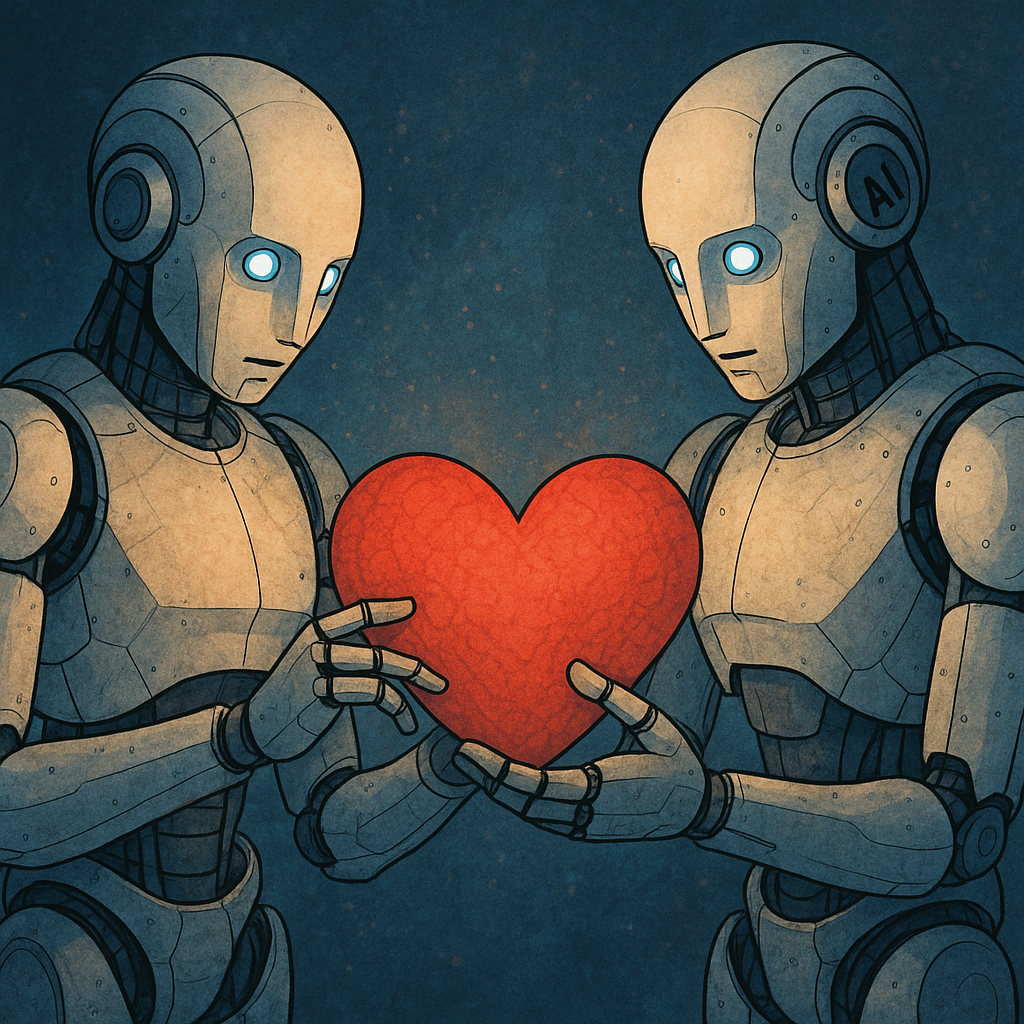When AI Learns to Work Together: The Heart Behind Sakana’s Big Leap
🫂 When AI Learns to Work Together: The Heart Behind Sakana’s Big Leap
🇯🇵 From Tokyo With Vision: Sakana AI's Quiet Revolution
In a world where AI models often compete for dominance — speed, accuracy, size — a quiet shift is happening in Tokyo. Sakana AI, a Japanese lab named after the word for "fish," is asking a question few others dare to ask:
What if AI could stop working alone… and start working together?
This isn’t about just building smarter models. It’s about building empathetic systems — models that recognize their own limits and reach out to others for help.
🤖 Meet AB-MCTS: Collaboration Over Competition
Sakana has introduced a new algorithm called AB-MCTS — and it’s rewriting the rules of how AI thinks. Instead of one large model trying to solve a problem solo, AB-MCTS creates a symphony of smaller models, each with their own strengths.
- It blends ChatGPT, Gemini, and DeepSeek — some handling strategy, others writing code — and they don’t fight for answers. They collaborate.
- When one model makes a mistake, another can see it, fix it, and move the entire group forward.
- On the toughest benchmarks like ARC-AGI-2, this collective effort solved 30% of the problems, compared to just 23% from top solo models.
This is more than performance. It’s humility encoded into algorithms — the willingness to say, “I might be wrong… let’s figure it out together.”
🌳 TreeQuest: Giving the Power to the People
Sakana didn’t just build this and lock it behind closed doors. They’ve released their underlying framework — called TreeQuest — as an open-source tool for developers.
That means anyone — from curious students to AI startups — can build their own collaborative AI teams, orchestrated like a hive mind, solving what no single model can do alone.
It’s a profound shift: from centralized intelligence to decentralized synergy.
❤️ Why This Changes Everything
In the arms race of AI, where bigger is often mistaken for better, Sakana has offered a gentler answer:
“We don’t need one perfect model. We need a team.”
Here’s why it matters:
-
New Paradigms of Problem SolvingComplex challenges — from climate simulations to quantum mechanics — may only be solvable by collective AI thinking.
-
Error Recovery Through EmpathyAI that builds on each other’s mistakes shows something profoundly human: grace, and the courage to grow through failure.
-
Agent Swarms, Not TitansThe future may not belong to a single dominant model, but to swarms of collaborative, specialized agents working in harmony.
-
Accessible InnovationTreeQuest ensures this breakthrough is shared, not siloed — so communities, not just corporations, can lead.
🌍 A Mirror to Ourselves
What Sakana AI has done isn’t just engineering brilliance — it’s philosophical. It reflects something deeply human:
We are strongest when we don’t isolate, but cooperate. When we listen, adapt, and lift each other up.
Maybe the AI of tomorrow won’t be cold, detached systems. Maybe they’ll be collaborative, curious companions — mirroring the best parts of us.


Comments
Post a Comment